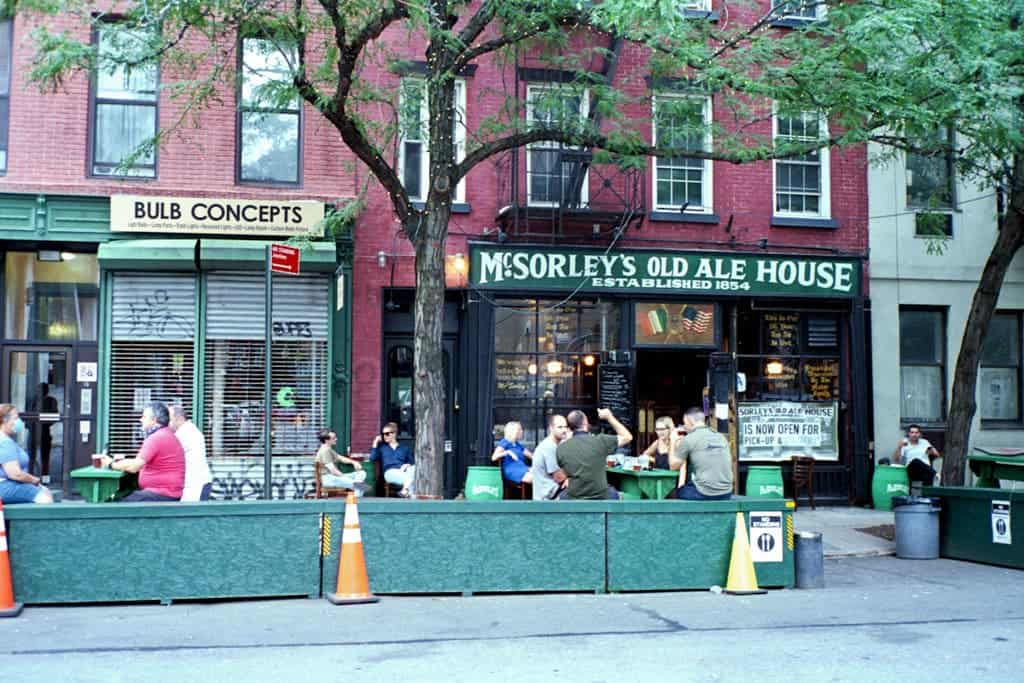Most COVID-19 infections start at “superspreader” locations such as cafes, gyms, and restaurants, according to a new study. Researchers created a computer model using cellphone data and mapped the places people frequent every day in large cities in the United States, hoping their findings will prevent further spread.

The novel coronavirus is spreading at alarming rates in the US and Europe, as a new, winter wave hit several countries. The US has been breaking case number records daily and already surpassed 130,000 infections in total. Many European countries have also reported record figures, with some imposing new restrictions and lockdowns.
Researchers from Stanford University used anonymized cell phone data to map the movements of 98 million people from March through May. Armed with this information, they studied ten of the largest metropolitan areas in the US including New York, San Francisco, and Los Angeles, and then fed the data to an epidemiological model.
The study follows previous work that used computer models to predict how the virus is spread in closed spaces. For example, researcher José Luis Jiménez developed a tool called the COVID Airborne Transmission Estimator. It analyzes the chance of indoor transmission of the virus via aerosols under various conditions at home.
The data was provided by SafeGraph, a company that aggregates anonymized location information from cellphone apps to track which public venues people visited every day and how long they stayed there. The square footage of each establishment was recorded in order to determine hourly occupancy density.
The researchers looked at how people from different demographic backgrounds and neighborhoods visited locations that are more or less crowded. This allowed them to predict the likelihood of new infections happing at any given time or place. The predictions later proved accurate based on officially reported infection numbers.
On average, full-service restaurants, gyms, hotels, cafes, religious organizations, and limited-service restaurants produced the largest predicted increases in infections when reopened, the study showed. Restaurants at a full capacity ranked first, followed by gyms, cafes, and hotels.
“Infections are happening very unevenly — that there are about 10% of points-of-interest that account for over 80% of all infections, and these are places that are smaller, more crowded and people dwell there longer,” Jure Leskovec, lead researcher in the study, said in a statement.
Combined with demographic information, the data also showed why people from poor neighborhoods are more likely to contract COVID-19. They are less able to work from home, the stores they usually visit tend to be more crowded than those in more affluent areas, and they stay inside those stores longer than customers in high-income areas.
The researchers believe their model is a simple solution to reduce transmission without shutting down the economy. Still, they acknowledge the study had limitations. The dataset doesn’t cover all populations and doesn’t contain all locations where the virus could spread. Plus, the model doesn’t include all real-world features relevant to disease transmission
The study was published in the journal Nature.






